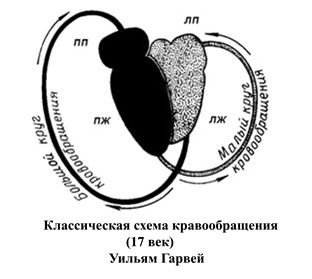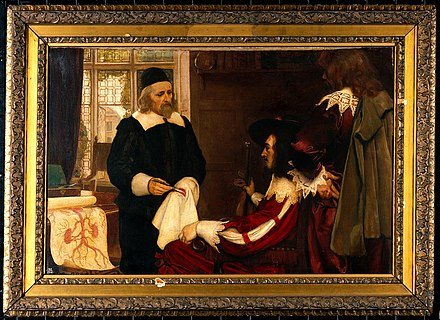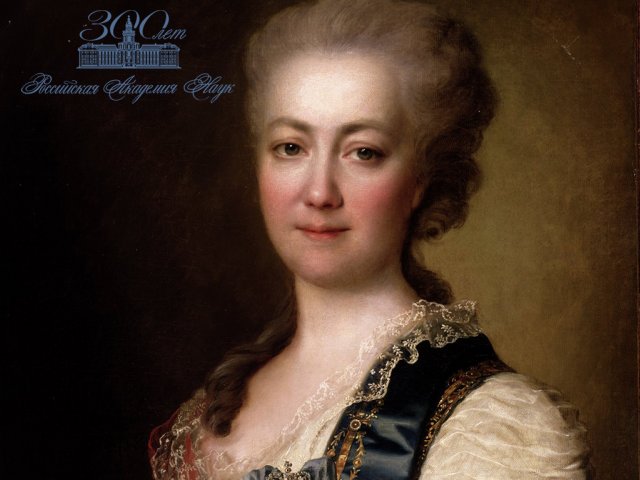On April 16, 1618, English scientist and physician William Harvey for the first time presented a new view of the circulatory system in the human body. William Harvey is considered the founder of physiology and embryology. During his research activities, he conducted many experiments, concurrently acting as a lecturer of Lamlian Readings to improve the quality of medical education in London. William Harvey gave a full course of lectures on anatomy, surgery, and medicine in general.
During another public lecture, William Harvey openly stated that he had conducted a number of experiments that allowed him to make discoveries: blood moves in a circle, or to be more precise, in two circles: a small one – through the lungs, and a large one – through the whole body. That is, the scientist claimed that the human and animal heart is a pump that pumps blood through the arteries into the tissues. He explained this process as follows: blood circulates inside the body, returning to the heart through the veins, it passes through the lungs to get oxygen from them, and only then return to the tissues. And so on in a circle. This is a continuous process of blood circulation in the body.
William Harvey demonstrates his theory of blood circulation in the body
Then a barrage of criticism from scientists, who adhered to the views of Aristotle and Galen that blood is formed in the liver from food and moves through veins blindly ending in organs, fell on this discovery of Harvey. Nonetheless, William Harvey achieved recognition of his discovery in the circle of medical scientists during his lifetime. In 1628, in Frankfurt, the British scientist published his scientific work Anatomical Exercise on the Motion of the Heart and Blood in Animals, in which he formulated in detail the theory of blood circulation, based on his experimental evidence. In addition, after some time, William Harvey concluded that with a snake bite, venom spreads through the vein from the injury site throughout the body, which is certainly dangerous for humans. For English doctors, this guess became the starting point for reflections that led to the development of intravenous injections. In the last years of his life, William Harvey dedicated himself to works related to the individual development of animals. As a result of his comparative atomistic and embryological studies, he came to the “conclusion” that “Ex ovo omnia” (“Everything comes from the egg”).
Based on open sources.
Photo on the page: Wikipedia
Photo on the homepage: William Harvey outlines his view on the problem of blood circulation for the first time
























